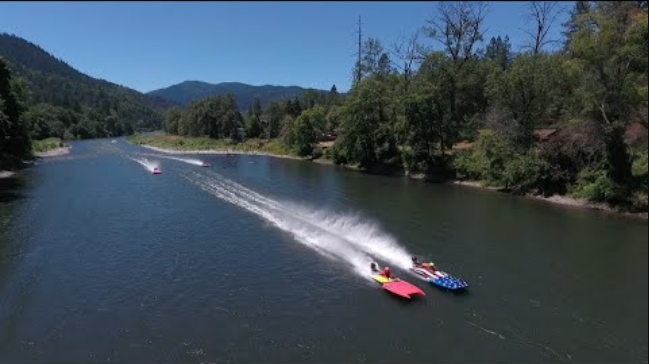Exhaust Muffling
The exhaust of every internal combustion engine used on any motorboat needs to always be effectively muffled in accordance with Oregon Revised Statute
830.260 and Oregon Administrative Rule 250-010-0121.
The term "effectively muffled" means the exhaust system contains a mechanical device or appliance designed, constructed, and used to reduce the exhaust noise emissions of a motorboat below the maximum noise levels. Such a device or appliance must be integral to the motorboat's exhaust system. Water muffling systems which meet this standard are those which incorporate a marine exhaust manifold.
(A weighted decibel, abbreviated dBA, is an expression of the relative loudness of sound in the air as perceived by the human ear.)
A person shall operate a motorboat on the waters of this state in such a manner that does not exceed the following noise level: (a) For engines manufactured before January 1, 1993, a maximum noise level of 90 dBA when subjected to a stationary test; (b) For engines manufactured after January 1, 1993, a maximum noise level of 88 dBA when subjected to a stationary test; (c) A maximum noise level of 84 dBA as measured from the shoreline. This regulation does not apply to boats competing in permitted regattas, races, or time trials or to boats operating in designated testing areas pursuant to ORS 830.350.
The Marine Board has the authority to regulate motorboat noise from boat motors. However, keep in mind that stereo noise can also be loud. Play nice and respect the recreation of others. Keep the stereo volume down, especially near residential areas if operating for longer durations in the same place.